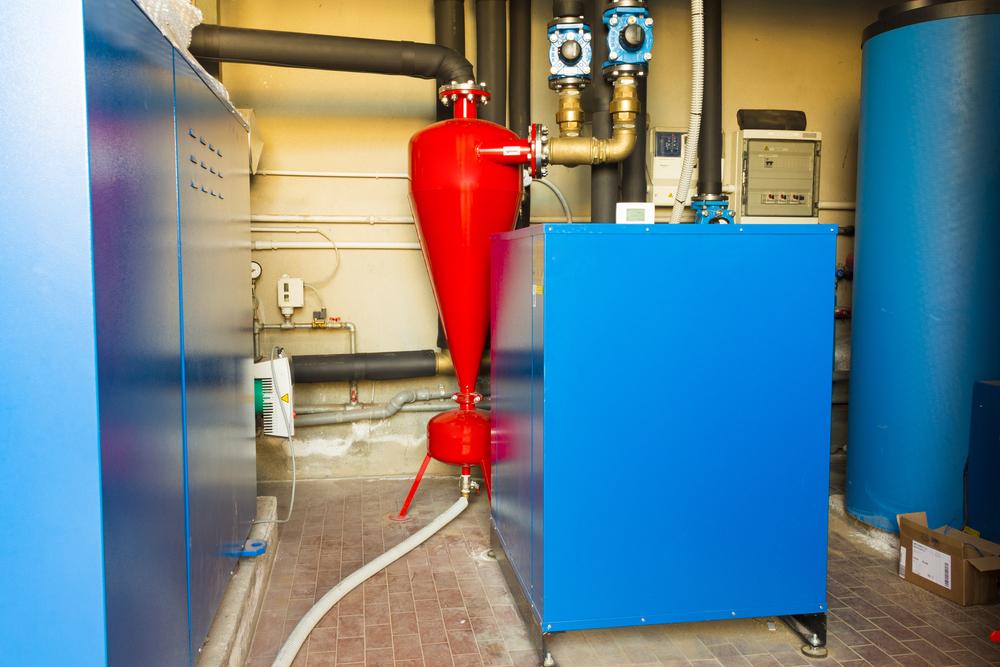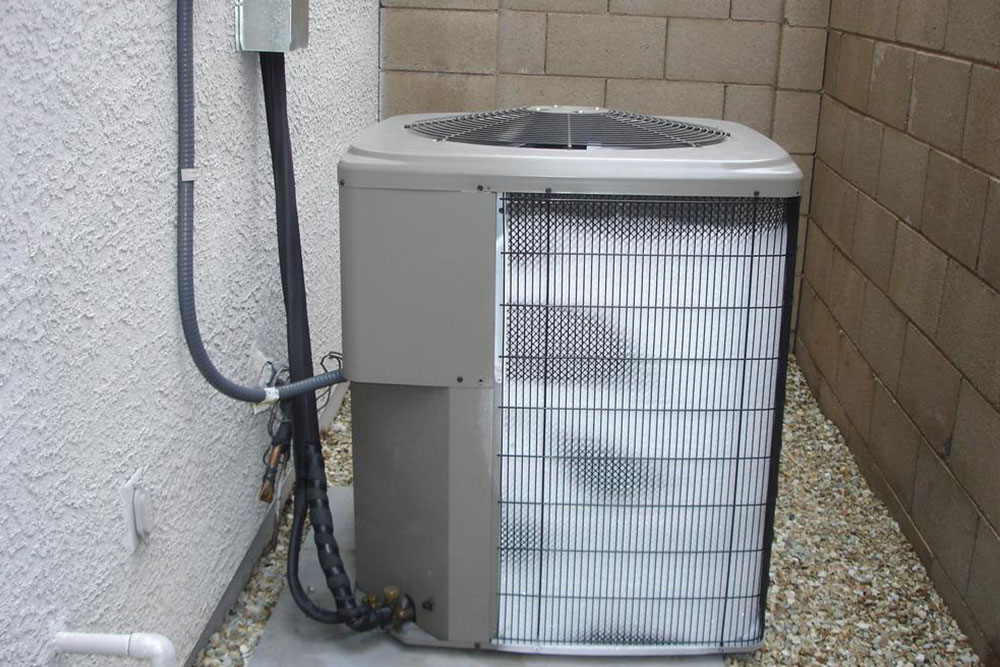Essential Guide to Residential Heating Oil: Types, Grades, and Costs
Learn everything about residential heating oil including types, grades, costs, and factors affecting expenses. This guide helps homeowners make informed decisions about choosing the right oil for effective and eco-friendly home heating during winter.
During winter, a reliable heating source is vital for comfort. While electricity, propane, and renewable options are common, many homes rely on residential heating oil. One unique aspect of heating oil providers is their delivery service, allowing storage in tanks. It’s important to understand that not all heating oils are identical, despite similar appearances and functions. This article explores different types, grades, pricing, and factors affecting home heating oil choices.
Types of Heating Oil
Kerosene
Kerosene is a lightweight, clean-burning fuel derived from refining #1 fuel oil. It’s safer for indoor and outdoor use, often favored during camping or power outages due to its long-lasting lamps. It’s also used in new construction sites without installed furnaces.
Gas Oil
Also called red diesel or 35-second oil, gas oil is heavier and less clean than kerosene. Commonly used in older agricultural or commercial boilers, it requires compatibility with the home’s heating system. Always check your boiler’s label or consult an expert to determine the appropriate fuel.
Heating Oil Grades
Heating oils come in several grades, mainly two primary types with additional intermediate options. Higher-grade oils tend to cost more but burn more efficiently, produce fewer emissions, and are environmentally friendly. Choosing the right grade depends on your system and budget.
Grades 1 and 2
Grade 1 is typically less expensive and suitable for specific high-efficiency systems, while Grade 2, resembling diesel, is the most common home heating oil. It’s produced through refining crude oil and offers efficient performance compared to electricity, propane, or natural gas.
Intermediate and Number 6
Intermediate blends are used in industrial applications but are priced higher. Number 6 oil, the lowest grade, is the dirtiest, requiring frequent maintenance and cleaning. Due to its pollutant content and sulfur levels, it’s gradually being phased out.
Heating Oil Cost Factors
Several key factors influence heating oil expenses. The size of your home directly impacts the amount needed; larger homes require more gallons. A 2,500 sq. ft. house might need between 550 to 1,200 gallons, costing around $30 per gallon, totaling approximately $1,650 to $3,600.
Delivery method also affects costs. Automatic delivery plans are typically cheaper by about $0.50 per gallon compared to on-demand will-call services, offering convenience and savings. Insulation plays a role too; well-insulated homes retain heat better, reducing oil consumption significantly—up to fifty percent.
With this knowledge of oil types, grades, and costs, you can select the most suitable heating solution for your needs.










